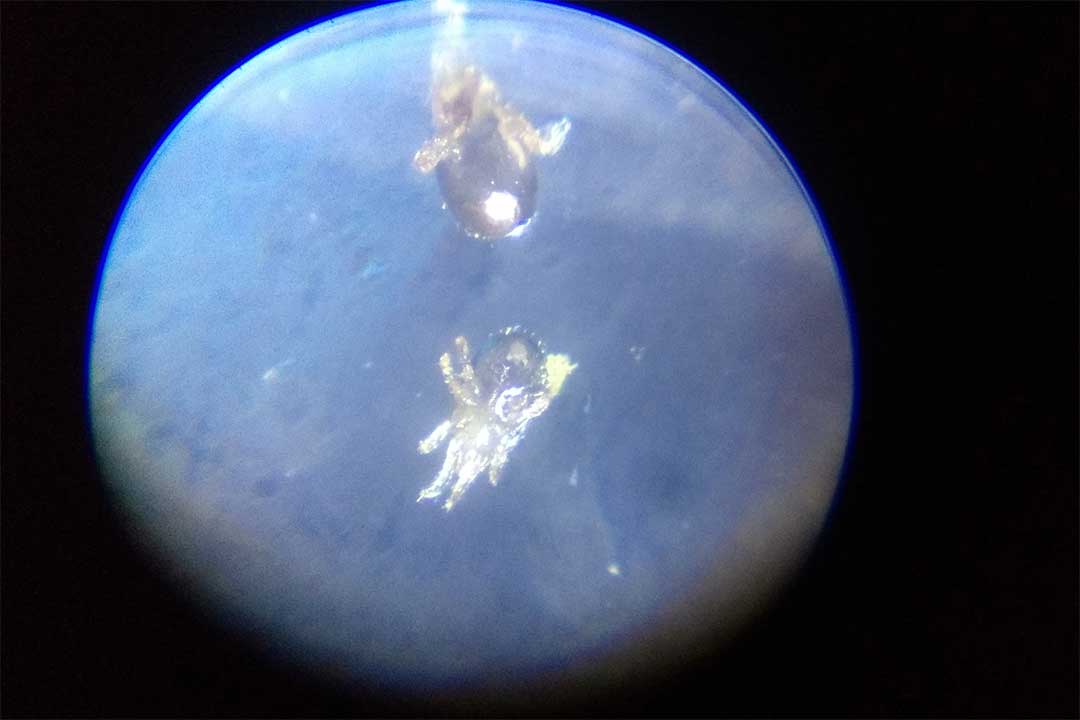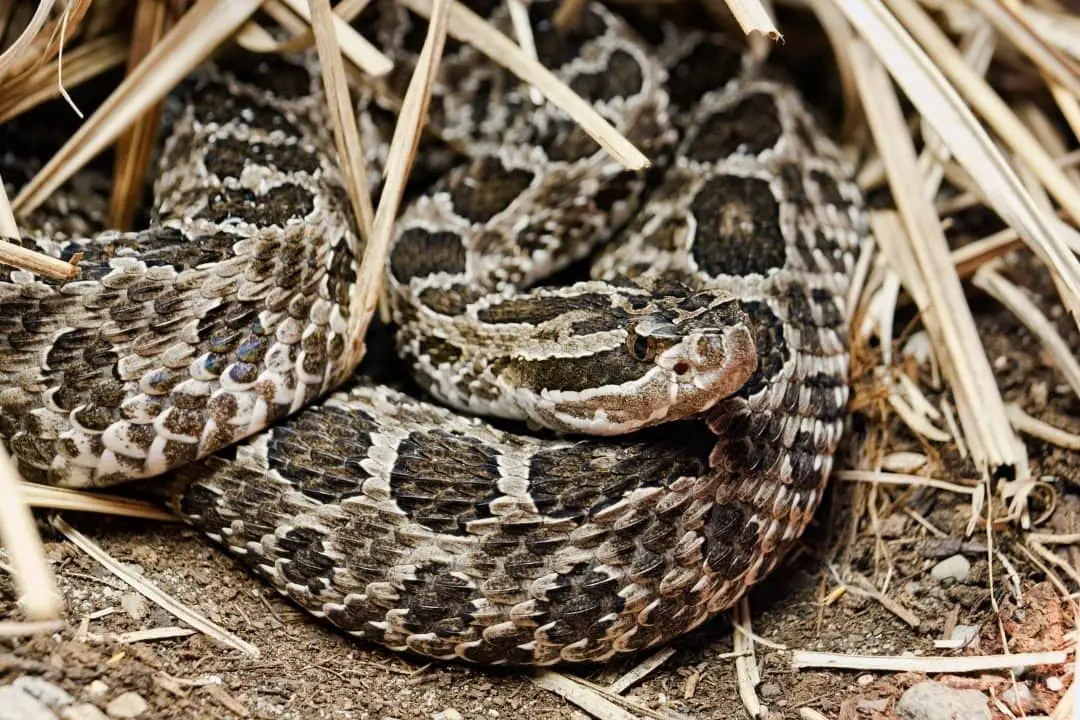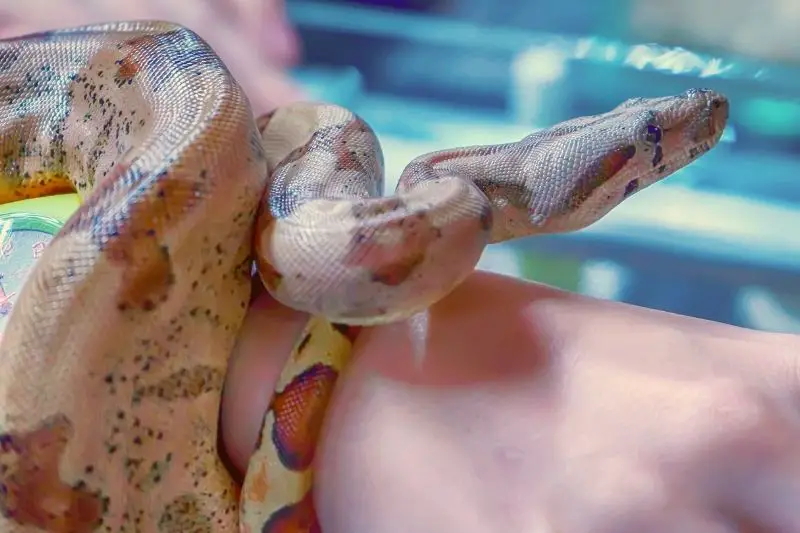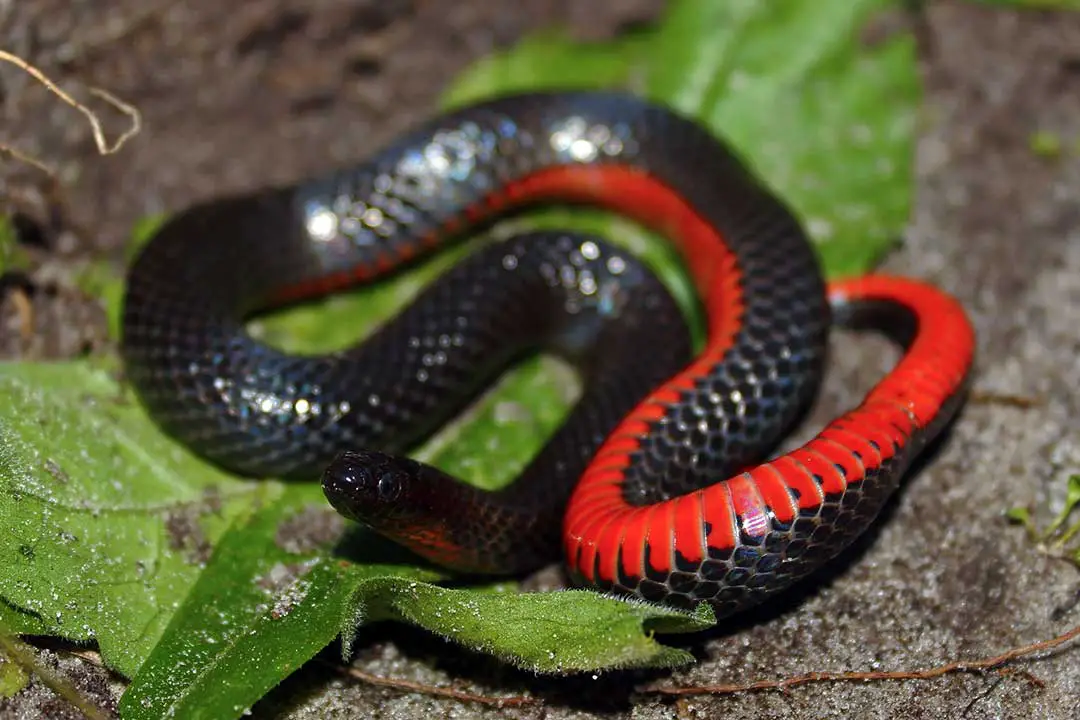Snakes are vulnerable to a number of internal and external parasites. Mites are one of the most common parasites in snakes and one of the hardest to diagnose and treat.
This article will help teach you to identify and treat snake mites. Be sure to consult your vet for any medications to make sure they are safe for your pet.
How to identify snake mites?
Mites are small black or reddish blood-drinking parasites that are about the size of a poppy seed. You can see them most easily near the eyes and vent of your snake. Look for moving specks on the snake or you after handling.
Symptoms of Mites
Mites are so tiny that they can be nearly impossible to see against most substrates. These little blood-suckers will crawl over your snake and drink its blood.
Their bites are painful to your snake and can cause numerous diseases.
It is currently thought that snake mites are the transmission for Inclusion Body Disease, which is a painful condition that creates inclusions in your snake that will cause neurological symptoms before killing the snake.
There are some easy signs to notice mites on your snake.
First, look for the mites themselves and their waste on your pet. You may see moving specks on your pet or a “dust” on your snake.
The vent or cloaca is the most frequent location to find mites along with the eyes and any skin folds under the chin. You may also see mites on your hand after handling.
Many snakes will also try to soak the mites off, so check the water dish if you see your snake soaking. You may notice that your snake is lethargic or is rubbing on the sides of the enclosure or the cage decorations.
Your snake may be irritable as well since this can be painful. If you rub your hand over your snake backward and forwards, you may find raised scales.
This is caused by the mites getting under the scale to hide and feed. It can be painful for your snake. A loss of appetite can also accompany a bad mite infestation.
Causes

Mites are typically found in wild-caught snakes, but they can be transmitted easily thanks to cross-contamination and poor hygiene.
They can easily cling onto the clothes or hands of a human and ride this to a new enclosure. Since one female mite can produce thousands of babies, infestations can be established quickly.
The most common source is an infested animal coming into the home. If you are not very careful with quarantining and cleaning, you can end up with a bad infestation in all of your reptiles.
Treatment
If you suspect a mite infestation, the first step is to take every reptile you have into the vet to be checked.
If one reptile has it in a single room, you should assume all of the others have it as well. Mites that feed on snakes will also feed on other reptiles, so be sure you have all of them checked.
Your vet can help guide you to the best insecticide that will be safe for your reptile.
Human lice treatment may be recommended, or a reptile-specific option.
Your vet may do the treatment for the animal themselves, or they may give you the medication and instructions to apply it.
While there are some recipes online as to how to treat mites yourself, most insecticides can become toxic to snakes very quickly if you do not know what you are doing.
Natural Chemistry Reptile Mite Spray
- DE Flea Reptile Spray kills mites and lice instantly on contact without harming the reptile
- This product does not use poisons or other toxins to achieve results, so mites do not become resistant
- Thus, the product never loses effectiveness
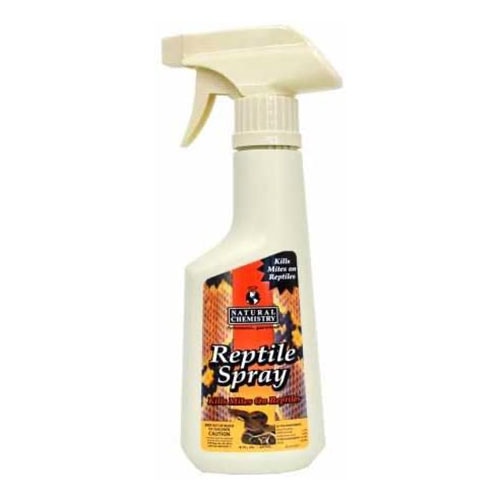
Trust your vet to know how to do this the best.
If you are lucky and only a new snake is infested, it may be simple to treat if you have been keeping your new pet in a separate room. Otherwise, be prepared to treat all the reptiles and enclosures in the room.
Generally, some form of liquid treatment will be applied to the infected animal. Whether you treat it or your vet, you will need to clean up the enclosures thoroughly.
Every single decoration that can’t be fully sterilized will need to be thrown away along with all the substrate.
Then you need to scrub down the whole enclosure with either an insecticide your vet recommends or something like a 3% bleach solution. If your enclosure has a water-tight bottom, you can start off by filling it with hot soapy water to help drown any mites.
You want any water you use to be at least 122 degrees to be sure the temperature helps kill any adults and eggs. Try to fill it as high as you can and leave it to soak while you scrub and disinfect the screen and any other pieces you have.
Drain the enclosure and scrub very well. Get into every nook and cranny since mites can squirm into very tight spaces. If your enclosure comes apart easily, removing those parts to scrub everything may help.
Finally, rinse very well and leave to air dry. Once it is dry, you should place down paper towels or reptile paper as the substrate. This will need to be changed fully anytime your snake urinates or defecates.
This paper will help you spot any recurrent mites. You will need to repeat this deep cleaning and likely the treatment for your snake about once a week for three weeks until you are sure it is fully cleared up.
Prevention
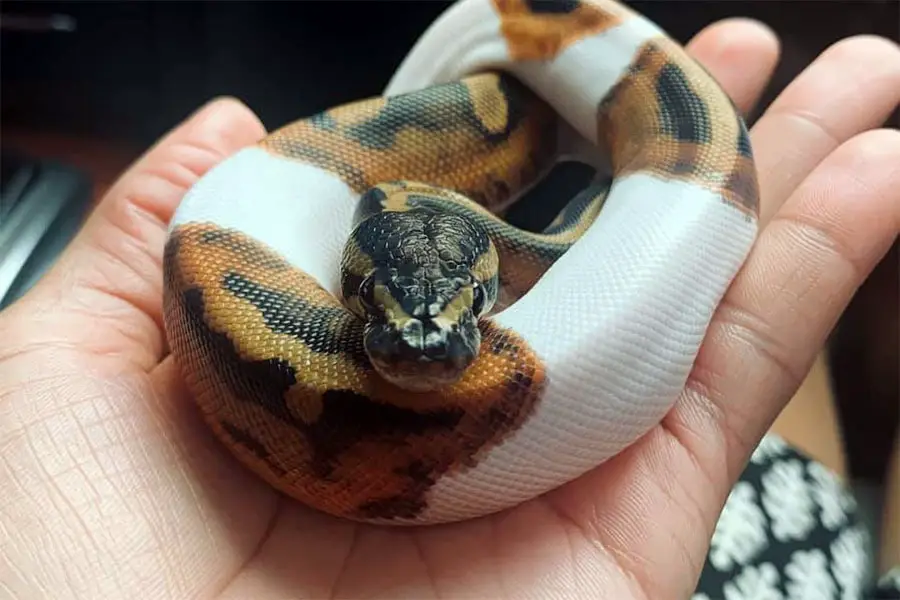
Since mites are such a hassle to get rid of, you should work very hard to prevent them in the first place.
Any new snake should be quarantined for at least 3 months on a substrate of paper to watch for any signs of mites.
Be sure you check the water when you change it for any drowned mites. Even if you trust the source of your snake, it is still better to be safe than sorry.
Any wild-caught snake, in particular, should be kept in a different room from any other reptiles during quarantine.
If your new snake does have mites, keeping them separated will help make treatment easier since you need to worry less about the rest of your pets.
Remember to always wash your hands before and after handling a snake and never wear the same clothes to handle a new snake.
Change your outfit to handle them and give it a wash in very hot water to help prevent mites from spreading.
Conclusion
Mites are a pain but can be handled with guidance from your vet. If you have any tips or questions, please leave them below.
